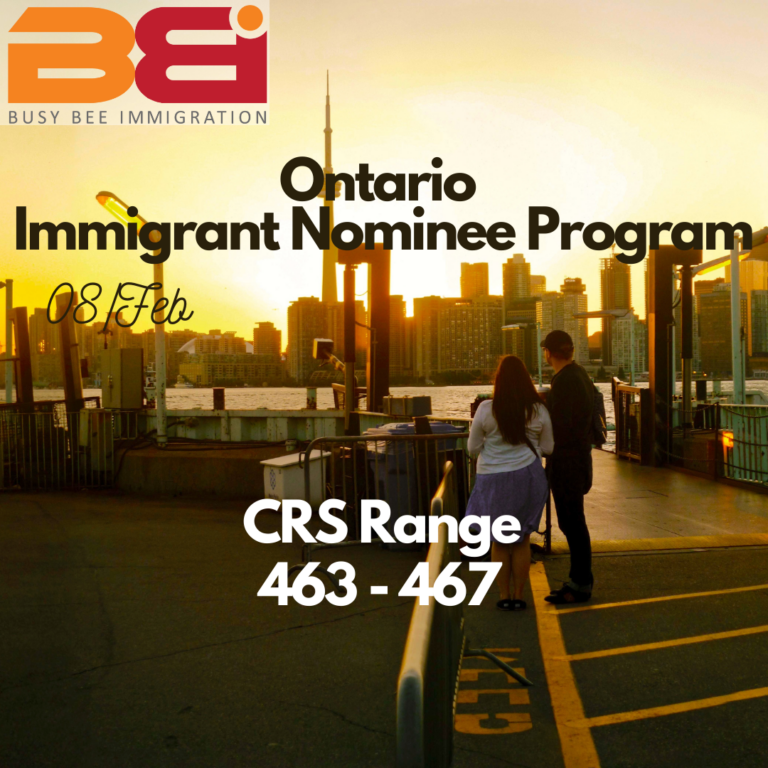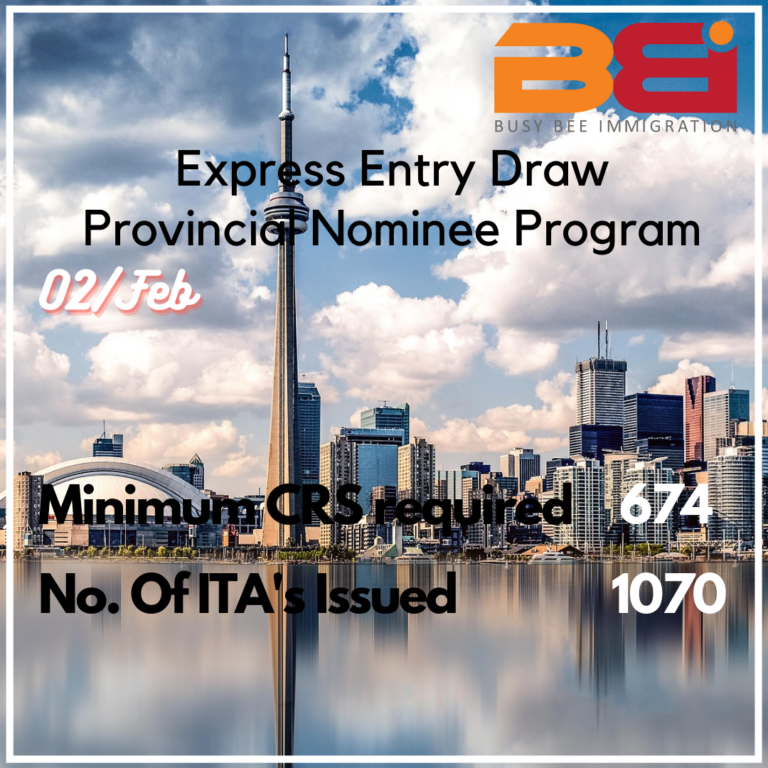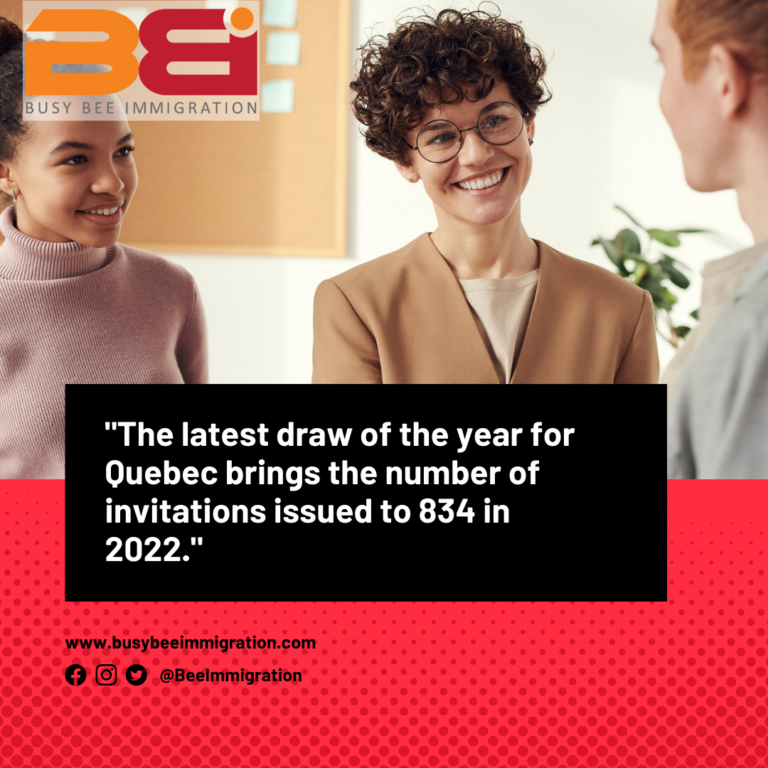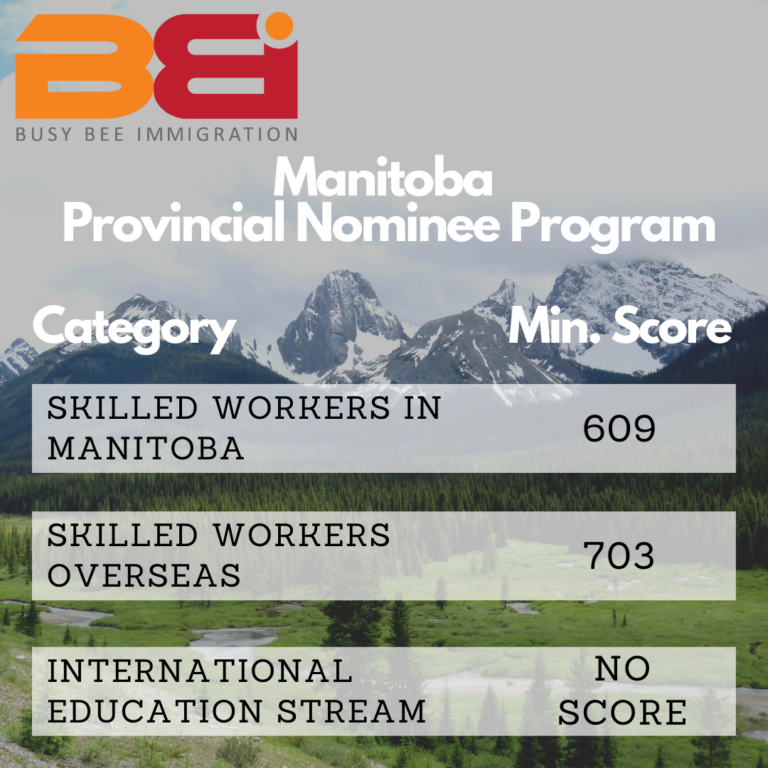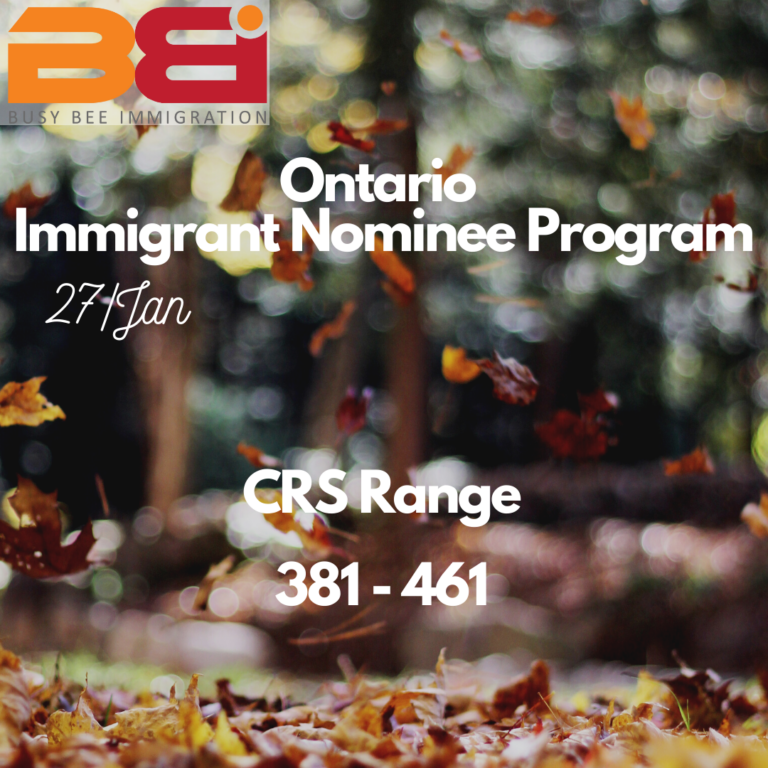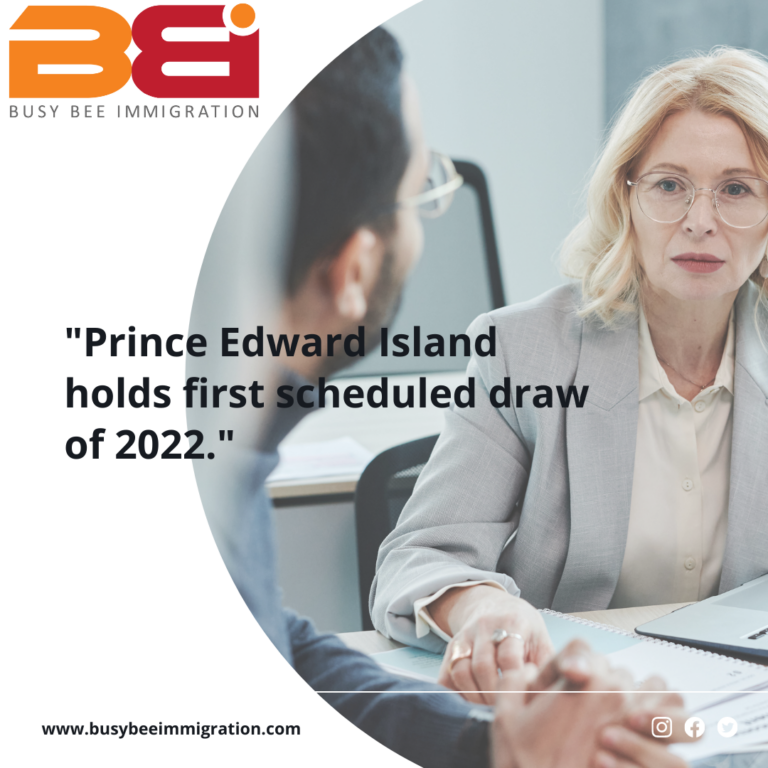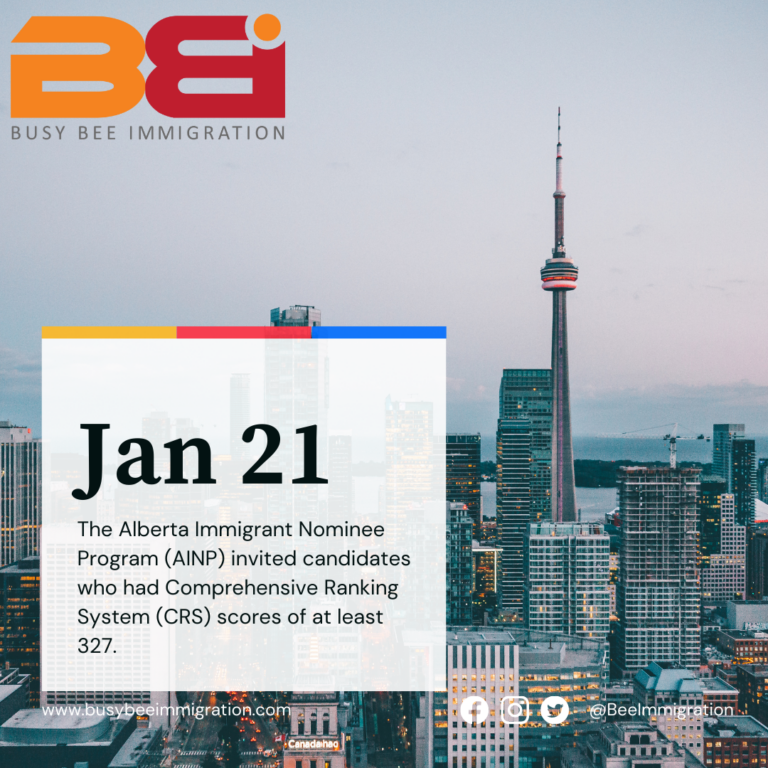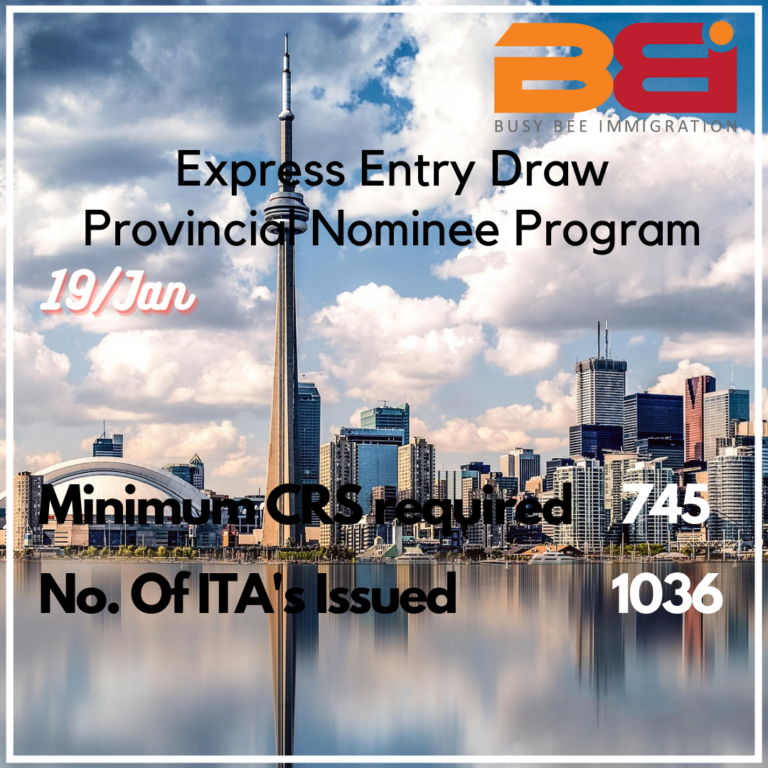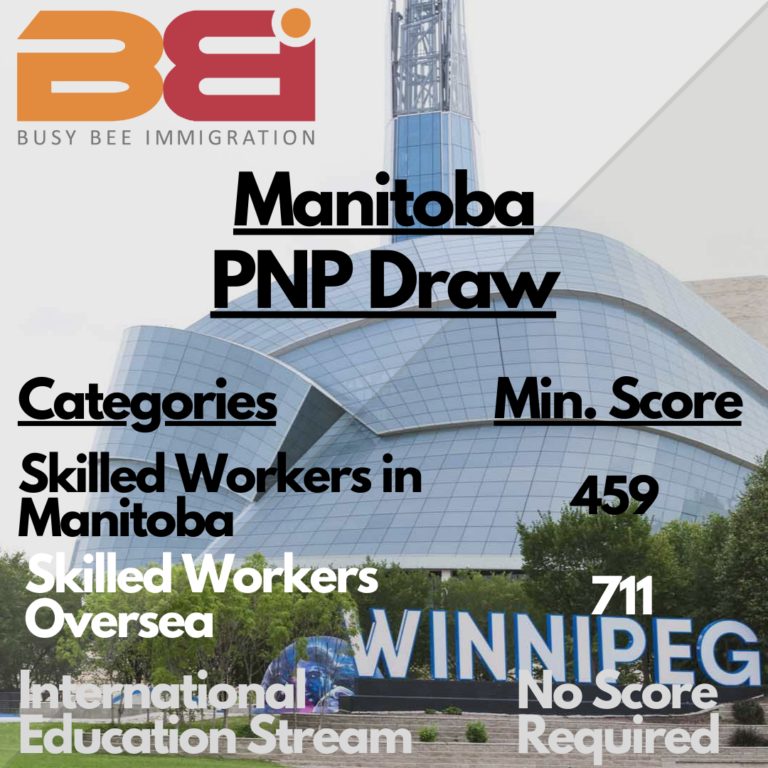The Canadian government has announced its Immigration Levels Plan 2022-2024.
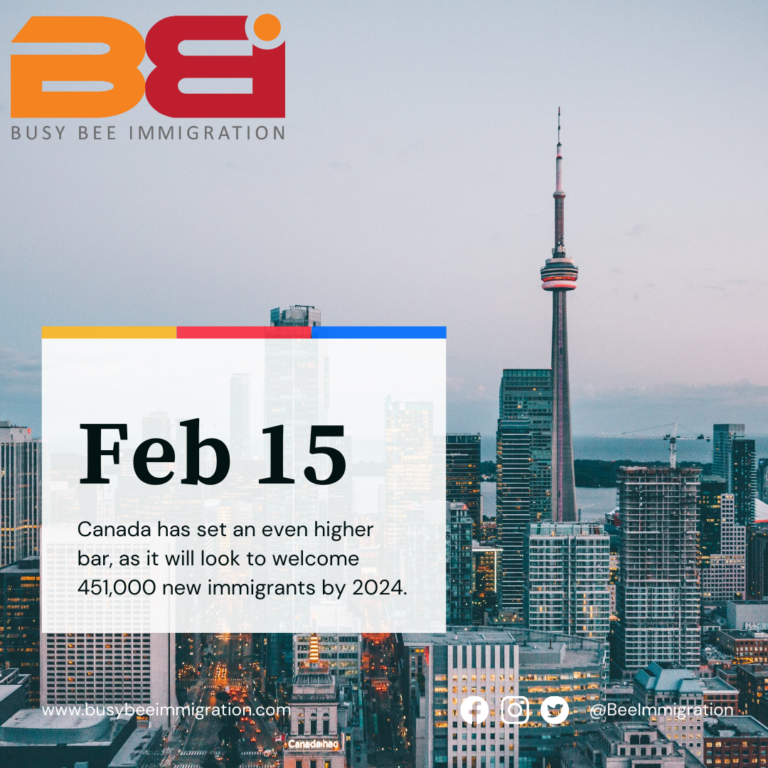
Canada is increasing its immigration targets yet again. It will look to welcome almost 432,000 new immigrants this year instead of its initial plan to welcome 411,000 newcomers. The announcement came on 14th Feb at approximately 3:35 PM Eastern Standard…

